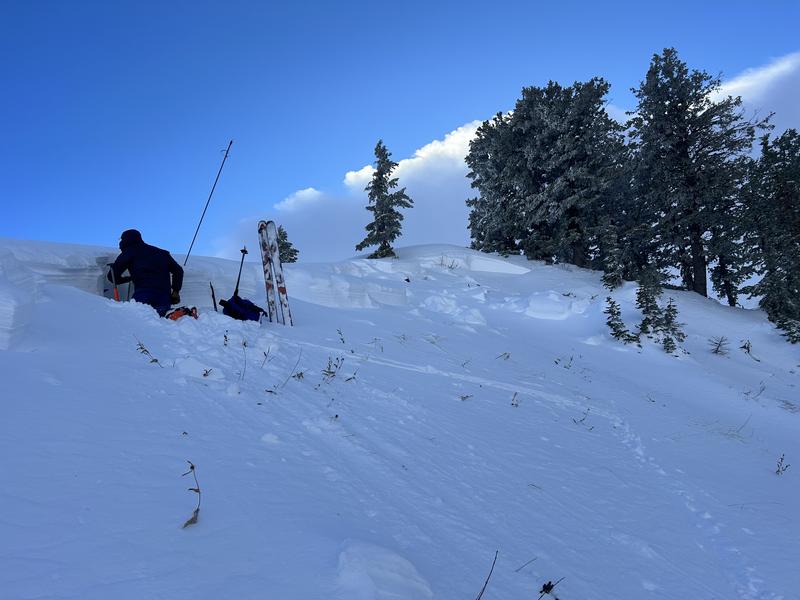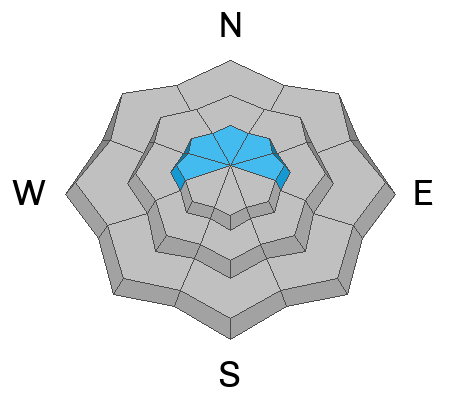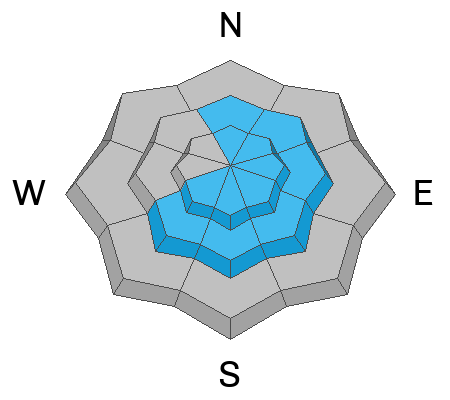Forecast for the Ogden Area Mountains

Issued by Trent Meisenheimer on
Tuesday morning, December 5, 2023
Tuesday morning, December 5, 2023
The avalanche danger is CONSIDERABLE on slopes that face west, northwest, north, northeast, and east. Here, it is likely to trigger an avalanche that fails on a Persistent Weak Layer of faceted snow. Dangerous avalanche conditions exist. Natural avalanches are possible, and human-triggered avalanches are likely.
On many mid and upper-elevation slopes, you will find a MODERATE avalanche danger, where it's possible to trigger a Wind-Drifted snow avalanche. Below 7,000', the snow will be crusted and frozen and, therefore, has a LOW avalanche danger.

Low
Moderate
Considerable
High
Extreme
Learn how to read the forecast here






